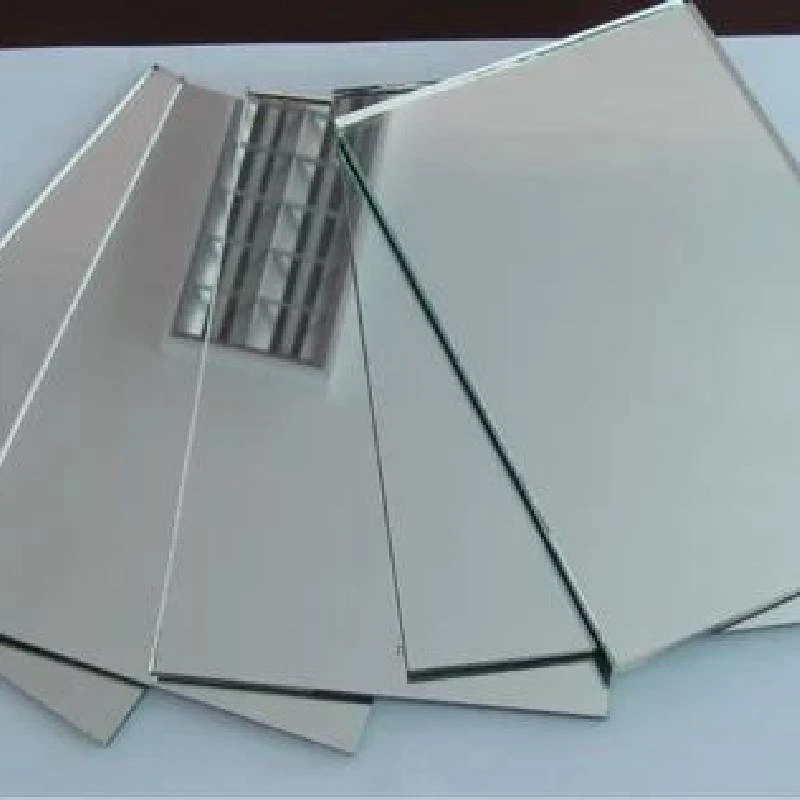

Understanding Low-E Glass in Double Glazing
In recent years, energy efficiency has become a priority for homeowners and builders alike. One essential advancement in this area is the use of Low-E (low emissivity) glass in double glazing. Low-E glass is a specialized type of glass that reflects heat while allowing natural light to enter, making it an excellent choice for enhancing energy efficiency in residential and commercial buildings.
What is Low-E Glass?
Low-E glass is coated with a thin, metallic layer that reduces the amount of infrared and ultraviolet light that can pass through the glass without compromising the amount of visible light that comes in. This specialized coating helps keep interiors warm during the winter and cooler in the summer, resulting in significant energy savings. The technology has been continually refined, resulting in different types of Low-E coatings suited for various climates and building applications.
Benefits of Low-E Glass in Double Glazing
1. Energy Efficiency One of the most compelling reasons to opt for Low-E glass in double glazing is its energy efficiency. By reflecting radiant heat back into the room, it reduces the workload on heating systems during colder months. Conversely, in warmer months, it keeps indoor spaces cool by reflecting unwanted heat away. This dual benefit leads to reduced energy consumption and lower utility bills.
2. UV Protection Low-E glass also blocks a significant amount of harmful UV rays. These rays can cause fading and damage to furniture, flooring, and artwork. By incorporating Low-E glass, homeowners can protect their interiors and prolong the lifespan of their belongings without sacrificing natural light.

3. Improved Comfort With Low-E double glazing, homeowners can enjoy a more consistent temperature throughout their living spaces. The reduction in heat loss and gain creates a more comfortable environment, minimizing hot or cold spots near windows.
4. Condensation Reduction One common issue with traditional single-pane windows is condensation, which can lead to mold and mildew growth. Double glazing with Low-E glass helps to maintain warmer interior glass surfaces, significantly reducing the likelihood of condensation forming.
5. Environmental Impact By reducing energy consumption, Low-E glass contributes to a lower carbon footprint. Using less energy for heating and cooling translates to reduced greenhouse gas emissions, making it a sustainable choice for environmentally conscious consumers.
Installation and Considerations
When considering the installation of Low-E double glazing, it's essential to consult professionals who can recommend the best type of Low-E glass for your specific needs. The performance of Low-E glass can vary based on factors such as the climate, the orientation of the windows, and the specific Low-E coating used. Moreover, it's crucial to ensure the integrity of the framing and seals in double-glazed units to maximize energy performance.
Conclusion
Low-E glass in double glazing provides an innovative solution for enhancing energy efficiency in buildings while maintaining comfort and aesthetics. The benefits of reduced energy costs, improved indoor comfort, and better protection against UV rays make it a smart investment for both residential and commercial applications. As sustainability becomes increasingly vital in modern construction, Low-E glass represents a significant step forward in creating energy-efficient and comfortable living spaces.